CS2 Subtick: Is It a Wallbanging Paradise or Just Growing Pains?

Alright, folks, SlothySilva here, back with another deep dive into the guts of Counter-Strike 2. We’ve all been enjoying (or enduring, depending on your ping) the transition to the Source 2 engine and the shiny new subtick system. Valve promised us a world free from the tyranny of fixed tickrates, a world where your actions are registered with near-instant precision. But as with any major overhaul, some cracks are starting to appear, and whispers of a potential controversy are circulating.
Namely, are these subtick CS2 hit registration problems creating unintended consequences? The community's buzzing with concerns that subtick might inadvertently be making wallbanging easier and amplifying the dreaded "peeker's advantage." Let's unpack this mess, shall we?
A tense moment in CS2, showcasing the intensity of competitive gameplay, where even minor netcode flaws can have significant consequences.
The Community Speaks: Wallbangs and Peekers, Oh My!
I've been glued to the forums and Reddit, trying to gauge the general sentiment. It's a mixed bag, as always, but some persistent themes are emerging.
One thread that caught my eye was on r/GlobalOffensive, titled "[Serious] Is Subtick Allowing Easier Wall Bangs?" by user 'BangBangSkeetSkeet'. The core argument revolves around the idea that the client-side representation of player models might be slightly desynchronized from the server-side hitboxes. This could mean that you see a player model perfectly lined up for a wallbang, but the server registers the hitbox as being slightly off, leading to a hit that shouldn't have landed. It's subtle, but in a game where milliseconds matter, it can be game-breaking.
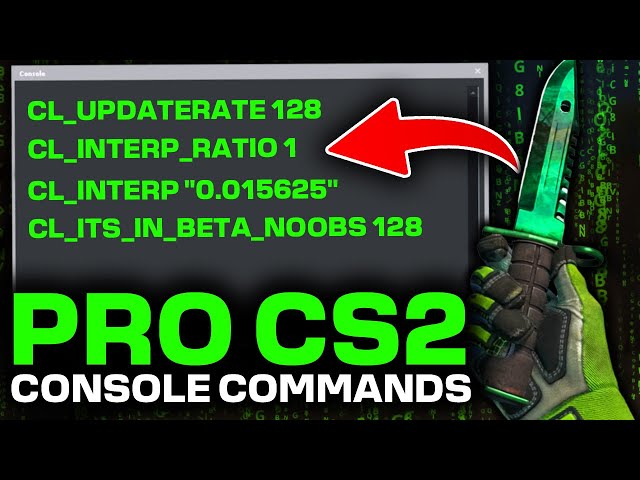 A mockup of a Reddit post, similar to those discussed, showing concerned players raising questions about hit registration issues and unintended wallbanging in CS2.
A mockup of a Reddit post, similar to those discussed, showing concerned players raising questions about hit registration issues and unintended wallbanging in CS2.
Then there's the HLTV.org forum thread, "Subtick: Is it all a lie?" started by 'ValveHater69' (always a reliable source of measured opinions, right?). Setting aside the hyperbolic title, some of the comments raise legitimate concerns about CS2 subtick peeker's advantage. The theory is that the client is predicting player movement slightly ahead of the server, which means that a peeking player might appear to be further out of cover on the client side than they actually are on the server. This could give them a fraction of a second advantage in landing shots before the defending player even sees them clearly.
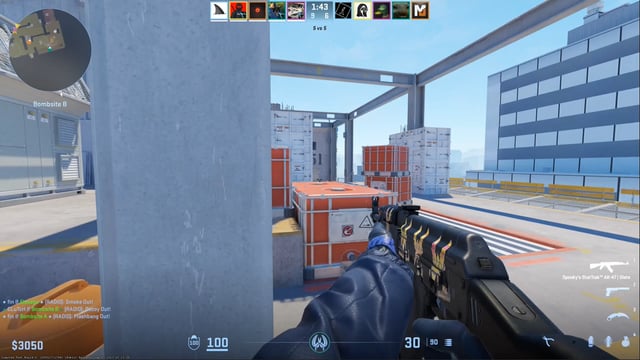 A hypothetical HLTV forum thread where users are actively debating and questioning the implementation of the subtick system in CS2, highlighting various viewpoints and concerns.
A hypothetical HLTV forum thread where users are actively debating and questioning the implementation of the subtick system in CS2, highlighting various viewpoints and concerns.
Now, before we grab our pitchforks and demand Valve revert to 128-tick, let's remember that these are still largely theories based on anecdotal evidence. But the sheer volume of reports suggests that something might be amiss under the hood.
Tinkering Under the Hood: Console Commands and Launch Options
Naturally, the CS community, being the resourceful bunch that it is, has already started experimenting with console commands and launch options in an attempt to mitigate these perceived issues. Let's take a look at a couple of the most popular:
cl_interp_ratio 1andcl_interp 0.015625: These commands are relics from the CS:GO days, used to fine-tune client-side interpolation – how the game smooths out player movement based on network updates. In CS:GO, settingcl_interp_ratioto 1 andcl_interpto0.015625was often considered optimal for minimizing input lag and improving responsiveness. The community theory is that these commands might somehow affect how subtick handles movement prediction and hit registration. Some believe they reduce the client's reliance on prediction, potentially mitigating the peeker's advantage, while others claim they worsen the desynchronization issues. Honestly, it's a bit of a black box, and the actual impact is likely highly dependent on individual network conditions.
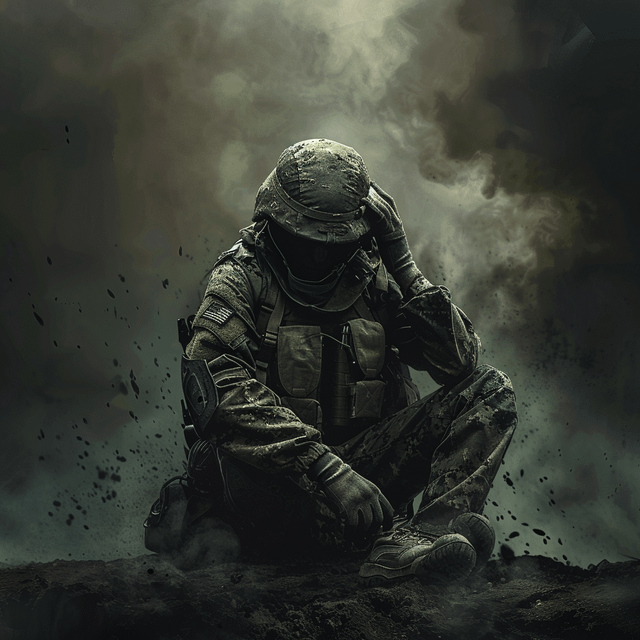 A close-up view of the CS2 console, highlighting the entry of specific commands like
A close-up view of the CS2 console, highlighting the entry of specific commands like cl_interp_ratio and cl_interp, which players are experimenting with to tweak the subtick system's behavior.
-highlaunch option: This one's a bit of a classic. Adding-highto your CS2 launch options tells your operating system to prioritize the game's process, giving it more CPU resources. The purported effect is reduced input lag and improved responsiveness. However, many consider this to be a placebo. While giving CS2 higher priority can help on systems that are already heavily taxed, its impact on a relatively modern gaming rig is likely negligible. Still, it's a common tweak, and who am I to argue with tradition?
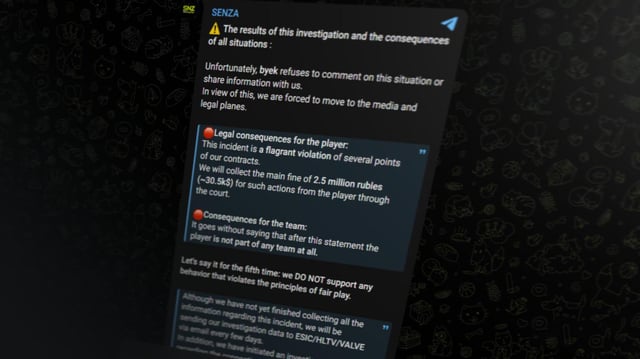 A screenshot showing the launch options in Steam, focusing on the
A screenshot showing the launch options in Steam, focusing on the -high setting and its potential, although possibly placebo, effect on input lag.
It's important to note that these tweaks are just band-aids. They might provide a slight improvement in perceived performance, but they're not going to fundamentally fix any underlying issues with the subtick system.
The Banana Box Blues: A Visual Example
To illustrate the potential for wallbanging weirdness, let's take a look at a common scenario on Inferno.
 A screenshot from CS2 on Inferno, showing a player aiming through the boxes at head level from T side banana, towards the common CT banana position, illustrating the potential for wallbanging headshots.
A screenshot from CS2 on Inferno, showing a player aiming through the boxes at head level from T side banana, towards the common CT banana position, illustrating the potential for wallbanging headshots.
Imagine you're on T side, pushing Banana. You pre-aim through the boxes towards the common CT position. On your screen, your crosshair is perfectly lined up for a headshot. You fire, and...boom, headshot. But was that a legitimate kill, or did the subtick system's potential desynchronization issues give you an unfair advantage? Did your client-side prediction fool you into thinking the enemy was more exposed than they actually were? This is the core of the controversy.
Moving Forward: A Call to Action
So, where do we go from here? It's easy to point fingers and scream "broken game," but that's not productive. We need to channel our collective frustration into constructive feedback.
For the Community:
- Provide detailed bug reports: If you experience questionable wallbangs or peeker's advantage scenarios, document them meticulously. Record demos, note your ping, and describe the situation as clearly as possible. The more information you provide, the easier it is for Valve to investigate.
- Create reproducible test cases: Try to recreate the situations where you suspect subtick is causing problems. Experiment with different angles, distances, and movement patterns. If you can consistently reproduce the issue, it's much more likely to be addressed.
- Engage in constructive discussion: Avoid resorting to personal attacks or hyperbole. Focus on providing factual information and reasoned arguments.
For Valve:
- Investigate hitbox synchronization issues: This is the most pressing concern. Are client-side player models accurately reflecting server-side hitbox positions? If not, what's causing the discrepancy, and how can it be fixed?
- Refine netcode prediction: The goal of subtick is to improve responsiveness, but not at the expense of fairness. Evaluate the current movement prediction algorithms and identify potential sources of peeker's advantage.
- Provide better visual feedback: Give players more information about how subtick is behaving. A simple on-screen indicator showing the degree of client-side prediction could help players understand why they might be seeing discrepancies between what they see and what the server registers.
- Communicate clearly and transparently: Address the community's concerns directly. Explain the underlying mechanics of subtick, acknowledge the potential issues, and outline the steps you're taking to address them.
The transition to CS2 and subtick was always going to be a bumpy ride. There are definitely advantages in the new system, and it has the potential to take the game to a new level. But by working together – the community providing constructive feedback and Valve listening and responding – we can iron out the wrinkles and ensure that CS2 remains a fair and competitive experience for everyone. Now, back to the server – gotta test some more wallbangs... for science, of course.
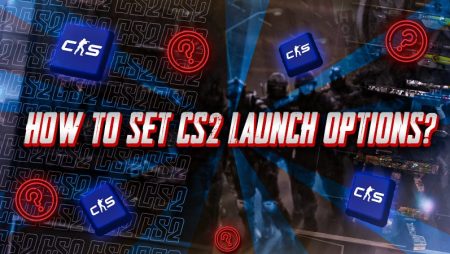 The Counter-Strike 2 logo, symbolizing the future of the franchise and the need for ongoing improvements to ensure competitive integrity.
The Counter-Strike 2 logo, symbolizing the future of the franchise and the need for ongoing improvements to ensure competitive integrity.
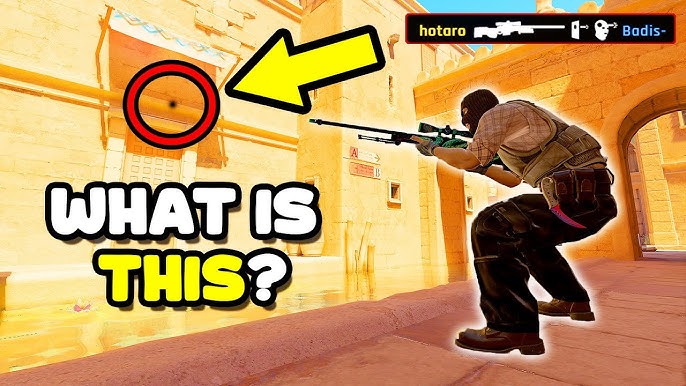 An in-game smoke grenade in CS2, representing the strategic depth of the game and how nuanced mechanics impact gameplay.
An in-game smoke grenade in CS2, representing the strategic depth of the game and how nuanced mechanics impact gameplay.
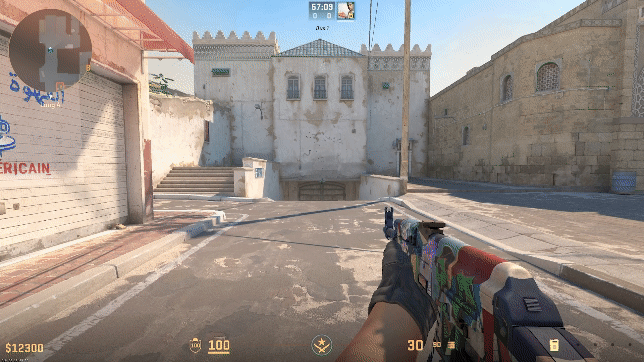 A short GIF illustrating a wallbang in CS2, demonstrating the potential for unexpected kills and highlighting the current community concerns about subtick influencing these situations.
A short GIF illustrating a wallbang in CS2, demonstrating the potential for unexpected kills and highlighting the current community concerns about subtick influencing these situations.